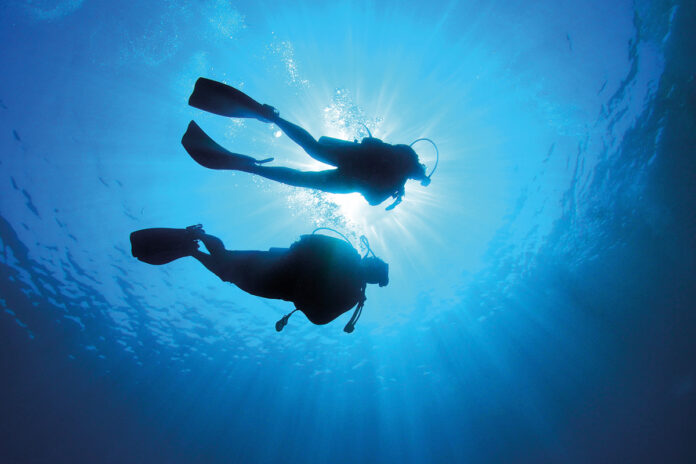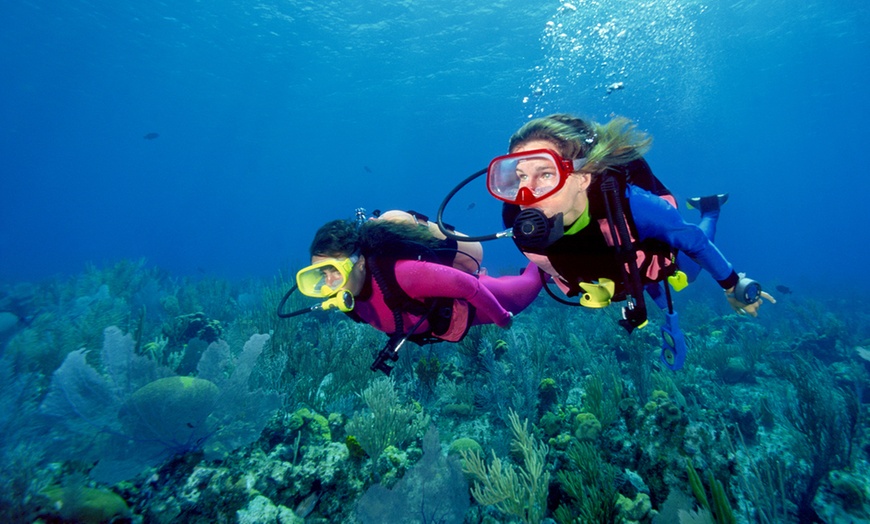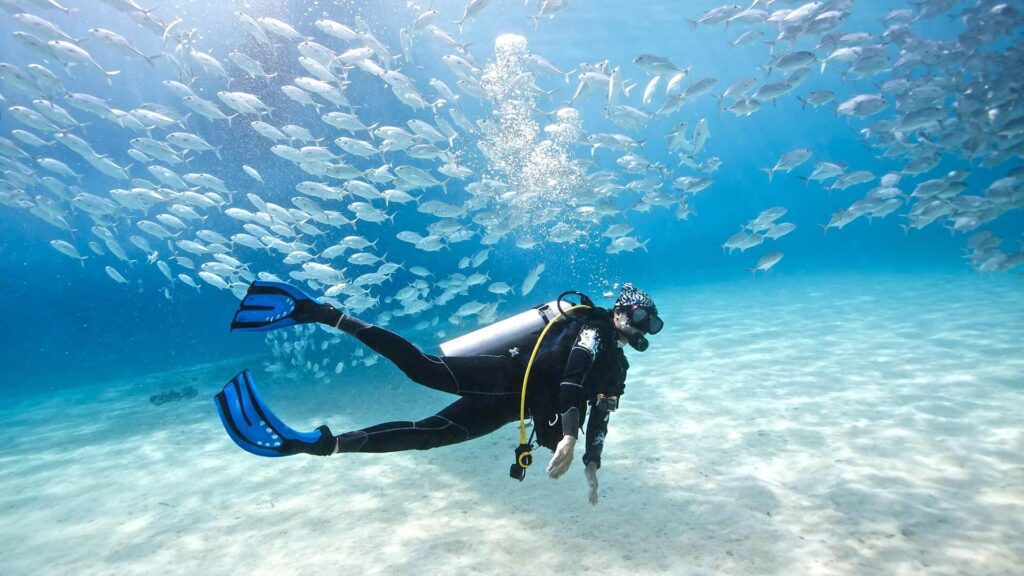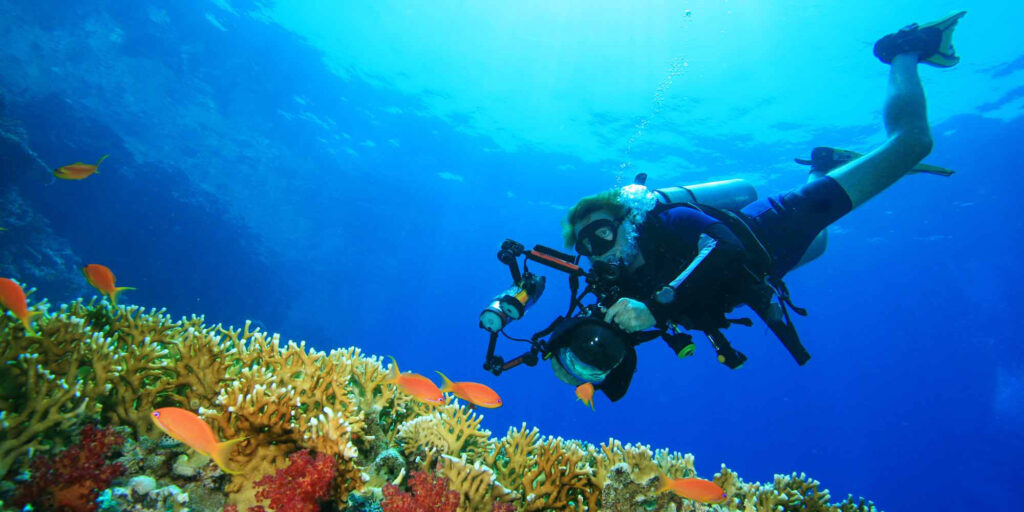
The Aloha State, with its vibrant marine life and pristine waters, is nothing short of a paradise for photographers. Underwater photography in Hawaii offers an opportunity to dive into a whole new world – a visual celebration of vibrant colors and unique marine species.
The Essentials for Your Underwater Photo Quest

Starting with the basics, ensure you have a reliable underwater camera or a waterproof housing for your DSLR or mirrorless camera. Hawaiian waters, while stunningly clear, vary in lighting conditions. Thus, it’s wise to invest in a good external strobe to illuminate the mesmerizing scenes beneath the waves. Apart from the gear, having a clear understanding of buoyancy is vital. This skill not only ensures your safety but also helps you capture stable shots while drifting along with the marine currents. Before you embark on your photographic journey, familiarize yourself with the local marine life. Knowing what species to expect can make the difference between capturing a fleeting moment and missing it.
Dive Sites: Choosing Your Underwater Studio
Hawaii offers a plethora of dive sites, each promising a unique visual treat. For beginners, the sheltered bays of Maui, such as Molokini Crater, are ideal. The waters here are calm, allowing you to focus on honing your skills while capturing the vibrant reef fish and occasional sea turtle. Oahu dive sites, with historic wrecks like the USS Arizona and vibrant reefs at Hanauma Bay, provide divers with a mix of ecological beauty and historical intrigue. Advanced photographers might lean towards the challenging yet rewarding dives at the Cathedrals in Lanai or the Manta Ray Night Dive off the Kona coast of Big Island. Here, as manta rays glide gracefully, you have the chance to capture their ethereal beauty under the moonlit Hawaiian sky. Each dive site has its own set of challenges and wonders. Choose according to your skill level and the kind of photos you aim to capture.
Tips and Tricks: Making the Most of Your Dive

The magic of underwater photography lies in the unexpected. However, a few tips can ensure that you’re better prepared to capture that magic:
- Play with Lighting: Natural lighting is unpredictable underwater. By mastering your external strobe positioning, you can highlight your subjects, reduce backscatter, and create dramatic shots.
- Get Close, Then Closer: Underwater photography often requires getting closer to your subject than you might think. The closer you are, the less water there is between your camera and the subject, which leads to clearer, more vibrant photos.
- Be Patient: Some of the best shots are products of patience. Spend time observing your surroundings and your subjects. Sometimes, waiting for that perfect moment, like a curious turtle approaching or a school of fish forming a pattern, can yield breathtaking results.
Post-Production: Bringing Out the Best of the Deep
After the dive, the adventure continues with post-processing. Unlike terrestrial photography, underwater images often need some enhancement to bring out their full potential. This isn’t about altering reality but rather correcting for the water’s natural tendency to mute colors, especially reds and oranges.
- Color Correction: One of the first steps in post-production for underwater photos is restoring lost colors. Software like Adobe Lightroom or Photoshop allows you to adjust the white balance and boost the colors to reflect what the human eye perceives underwater.
- Noise Reduction: Even in the clear waters of Hawaii, images can sometimes turn out grainy, especially if taken in deeper waters or during low light conditions. Use noise reduction tools, but do so judiciously to maintain the image’s sharpness.
- Cropping & Composition: Sometimes, the perfect shot underwater can be elusive due to the constant movement. In post-production, cropping can help improve the composition, drawing focus to the subject and eliminating any distractions.
Keep Learning and Exploring

Underwater photography is an evolving art. Techniques, gear, and post-production tools are constantly advancing. Engage with other underwater photographers, join workshops, and participate in online communities. The insights and feedback you gain can be invaluable in refining your craft.
Moreover, Hawaii, with its diverse marine ecosystems across its islands, offers endless opportunities for return visits. Each dive can reveal something new, something previously unnoticed. It’s this unpredictability and the sheer beauty of the marine world that keeps underwater photographers coming back for more.
Ethical Considerations: Respect the Ocean and Its Inhabitants
Lastly, but most importantly, remember that you are a visitor in the marine world. Avoid touching or disturbing marine life and be cautious not to damage the delicate coral ecosystems. Your actions should not disrupt the natural behavior of the sea creatures. The essence of underwater photography lies in capturing the marine world in its true, untouched state. Leave only bubbles and take only photos.
Wrapping Up
Hawaii’s underwater realm is a photographer’s dream come true – a dynamic confluence of vibrant colors, majestic marine life, and ethereal landscapes. It beckons with challenges and rewards in equal measure. Whether you’re a novice taking the first plunge or a seasoned diver looking for the next great shot, the Hawaiian waters promise a canvas unlike any other. Dive in, explore, capture, and let the world see the oceanic wonders through your lens.








